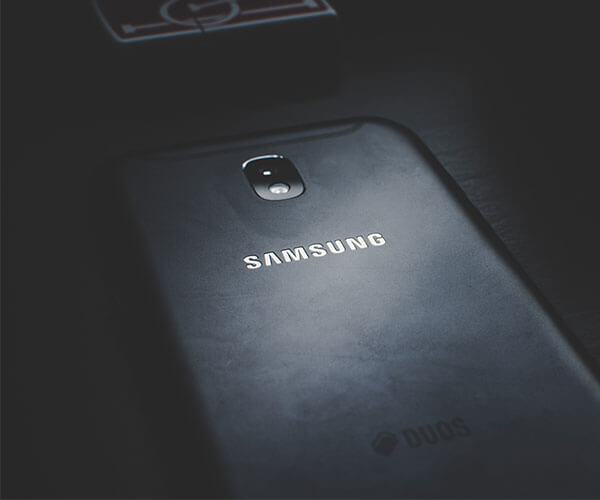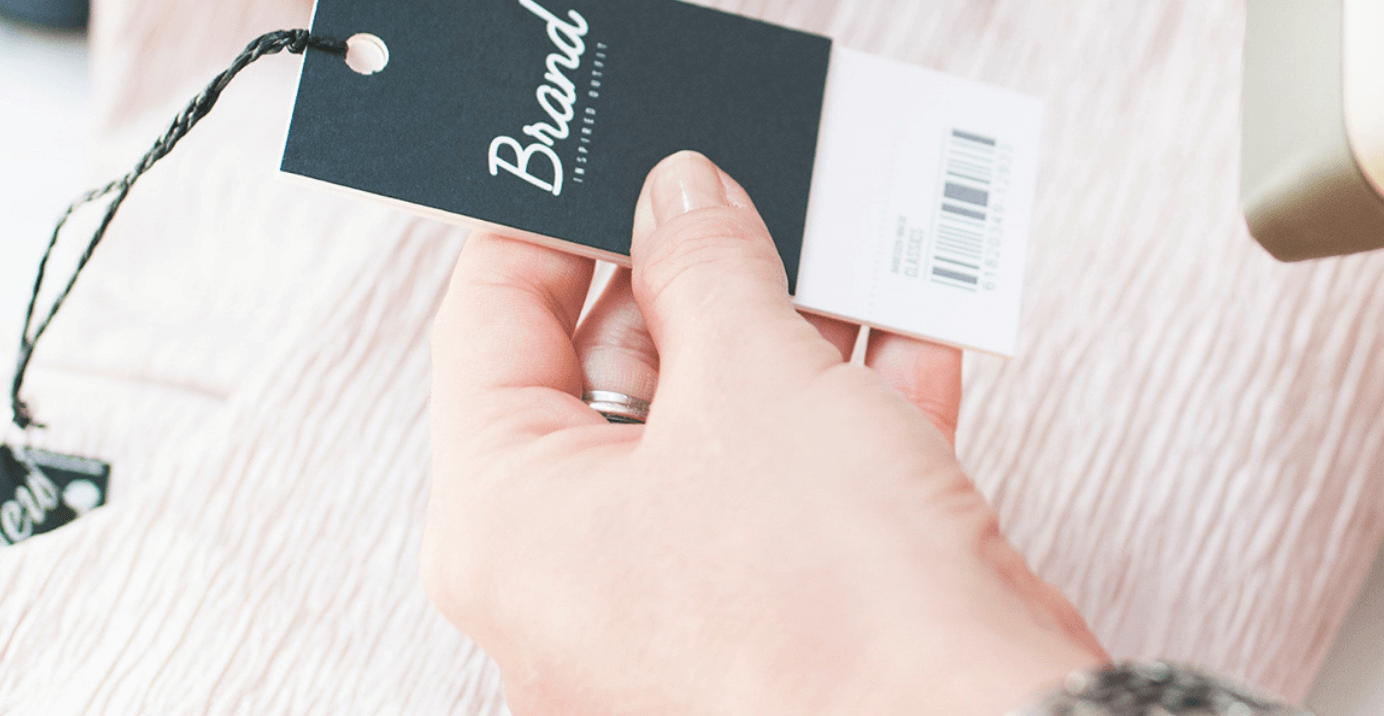How to Choose a Brand Name for Your Business
Deciding on a brand name is a very important step in launching a business. Your brand name has to uniquely identify your business and what you have to offer. Eventually, customers will connect with your brand emotionally, which can be key to gaining their loyalty. Should you name your business after a product or service? Should you create a totally new word, or mash up two words to make something catchy? What types of brand names exist, anyway? Here, we lay out common types of brand names, as well as share popular examples and the pros and cons of each type
Descriptive Brand Names
As you might guess, descriptive brand names clearly describe the product or service. There’s no ambiguity; when you read the brand name, you know what the company is offering. Think Southwest Airlines, General Motors, and Whole Foods.
Consumers will automatically know what you do or sell when you use a descriptive brand name, which can be appealing. However, a potential downside is that descriptive names use common words that exist. It can be hard to develop a unique brand identity when consumers already have an idea of what those words mean. Furthermore, brand names with generic descriptive words can seem less professional or inventive and domain names using those words can be expensive.

Founder Brand Names
Founder-based brand names might not be as common as other types nowadays, but the ones that have stood the test of time are instantly recognizable: Disney, McDonalds, Levi, Swarovski, Ford, Colgate. Some of these global brands are so successful they no longer sound like the founder’s name.
Brands named after their founders can evoke a sense of legacy or history after they’ve been around awhile. They’re also pretty easy to trademark if it’s a unique name. However, it can be difficult to build a successful marketing strategy from a name alone. The brand is also forever linked to a real person, so that should be taken into account.
Suggestive Brand Names
Suggestive brand names create an image or experience in the consumer’s mind. A suggestive brand name can be metaphorical or abstract. They go beyond the functionality of a descriptive brand name by evoking a feeling. Popular examples include Sprint, Twitter, and Amazon. Sprint and Twitter describe the experience of choosing their brand: fast service, online chatter like a flock of birds. Amazon brings a sense of power, size, and strength to mind.
Using a suggestive brand name can be helpful in establishing a clear identity, which is integral to building a good brand. They can tell a story in only a few words. Like founder-based names, they’re also likely easy to trademark. But it can take a lot of work to make sure your marketing and brand strategies are all aligned properly.

Invented Brand Names
Whether it’s a portmanteau of existing words (Adidas and Facebook), completely made up (Kodak) or taken from a different word (Pepsi, from dyspepsia), invented brand names are distinctive and easy to copyright. You’re less likely to find a very similar business name that will be confused for yours.
However, since your brand name is created nearly from scratch, you’ll have to work to create an assigned meaning to them. Plus, you need to make sure that the look and sound of your invented brand name impacts your consumers the way you want it to. For example, Lululemon founder Chip Wilson made the apparel brand’s name intentionally hard to pronounce to have a unique effect on international markets. By including the letter “L” in it, Wilson thought Japanese consumers would find the name “innately North American and authentic.”
Acronym Brand Names
Even more so than the descriptive brand name, acronyms are functional and get straight to the point: IBM, UPS, CVS. In some cases, going from a descriptive brand name to an acronym can tweak the marketing strategy. HSBC, the 7th largest bank in the world, found its origins as the much wordier Hong Kong and Shanghai Banking Corporation. HSBC is shorter, easier to say and write, and has a more global appeal.
While acronyms can help established brands like HSBC, it can be difficult to name a new company using an acronym. If the brand isn’t already out there, consumers may not remember the name or its purpose.

Other Popular Types of Brand Names
There are many smaller categories and subcategories of brand names, including:
- Historical or fictional figures: Tesla, Starbucks
- Creative misspellings: Flickr, Reddit
- Names ending in -ly or -ify: Bitly, Spotify
Choosing Your Brand Name Takes Time
As you can see, choosing a brand name for your business takes lengthy consideration. There are plenty of factors to consider, and making the wrong choice can have negative effects on your brand. Make sure you try out different names in different “categories” to find the best one for your company. The right brand name will represent your company well and make you stand out from all the rest.
Once you’ve got your business name ready to go, FlowState Marketing can help you create a brand identity that reflects its true impact. This ensures that your audience will remember your name — and be able to recognize it on sight.
